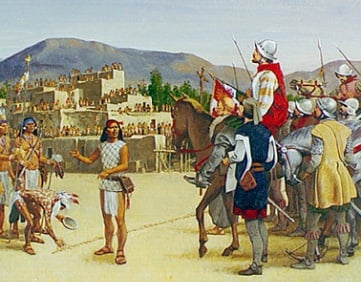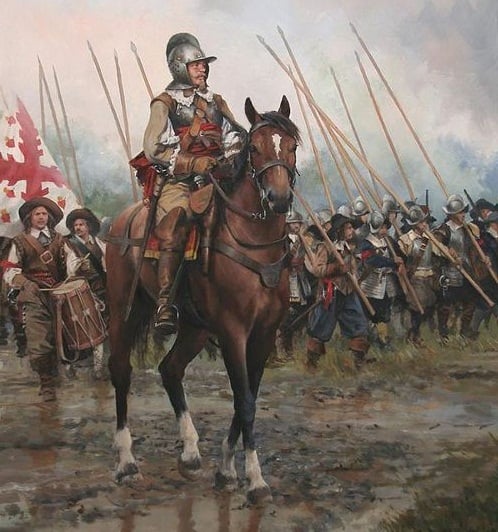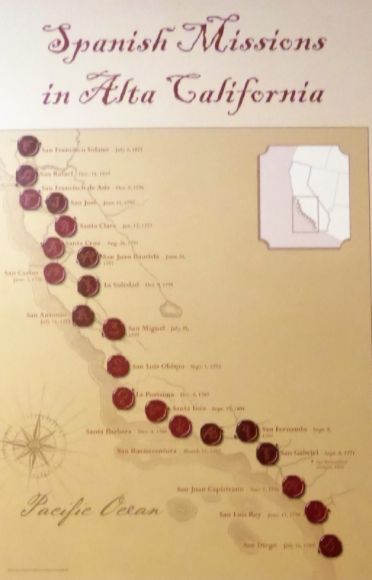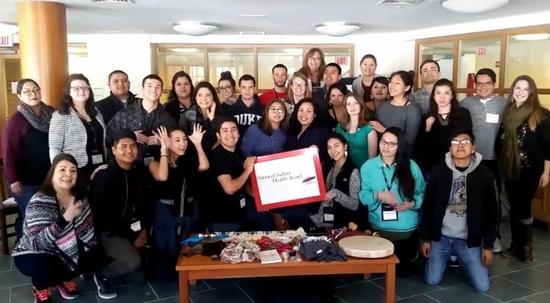16th Century Spanish Religious Views of American Indians
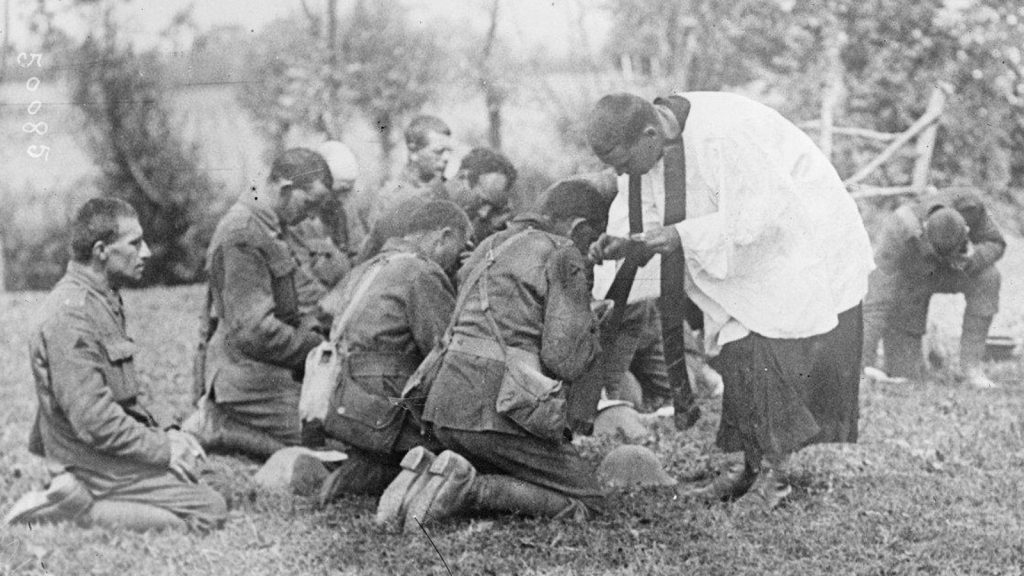
( – promoted by navajo)
The major European powers in the sixteenth and seventeenth centuries took very different approaches to American Indians. For the French, the Indians were potential trading partners. The English were interested in Indian land and therefore the Indians were simply in the way. For the Spanish, the situation was more complex. On one level the Spanish viewed Indians as a form of labor which could be exploited and the success of the Spanish colonies in the Americas was based on this exploitation. On another level, they viewed the Indians as having souls which could be brought to their God.
One part of the Spanish conquest of the Americas focused on religion: on their need to convert Native Americans to the one true religion. The Spanish viewed Indians as heathen savages who worshipped devils. Therefore, Indians would spend eternity suffering the tortures of hell unless they were saved. The Spanish viewed baptizing someone in the true faith, even forcibly, as an incomparable act of love; an act which could save that soul from an eternity of excruciating torment; an act which would provide an opportunity for everlasting ecstasy. From the Spanish perspective, any Native resistance to conversion was seen as the work of Satan.
In 1512, Spain established the encomienda system in the Americas. Under this system, conquistadores and Spanish settlers were given land grants in which the Indians who lived on these lands were considered a part of the lands. The Indians were required to work for the new “owners” and in return, the “owners” were to Christianize and “civilize” the Indians. Under the econcomienda, villages of Indians were ‘commended’ to the care and protection of an encomendero, who could exact their labor. While legally the Indians were free, they were technically slaves and the encomenderos spoke of owning their Indians. Under the encomienda system Indian women murdered their own children rather than have them live under the conquistadors.
Under encomienda, each Spanish hacienda had its corps of Indian serfs to till the fields, maintain the livestock, tend the house, and make whatever the master wanted to eat, to wear, or to sell. There were some problems with the encomienda system from an Indian viewpoint. First, the Spanish required that the Indians tend to the Spanish needs and then, if there was any time left in the day, they could tend to their own fields and houses. Consequently, the Indians were reduced to a state of destitution. Working for the Spanish and trying to maintain their own fields depleted their energies, injured their health, and destroyed their independence.
In addition to encomienda, the Spanish also instituted the policy of repartimiento which gave the Spanish colonists the right to use native labor for religious education. Repartimiento functioned as a part of the Spanish mission system in both the Southwest and in the Southeast. Under this system, labor quotas and the conscription of people to serve on labor gangs were organized through the villages served by the missions (or, from an Indian viewpoint, the villages which served the missions).
At the same time that Spain instituted the policies of encomienda and repartimiento, the Spanish King Ferdinand promulgated the Laws of Burgos which spelled out how Indians are to be treated. Those were the first laws which spelled out measures regarding the freedom of the Indians, the regulation of their work and their conversion to Christianity. In general, the new Spanish land owners in the Americas ignored the Laws.
In 1513, King Ferdinand told the Native Americans that God had declared that the Pope rules all people, regardless of their law, sect, or belief. This included Christians, Moors, Jews, Gentiles, or any other sect. He asked that the Native Americans come forward of their own free will to convert to Catholicism or
“with the help of God we shall use force against you, declaring war upon you from all sides and with all possible means, and we shall bind you to the yoke of the Church and Their Highnesses; we shall enslave your persons, wives, and sons, sell you or dispose of you as the King sees fit; we shall seize your possessions and harm you as much as we can as disobedient and resisting vassals.”
Furthermore, the Natives who resisted were to be held guilty of all resulting deaths and injuries.
Upon contacting an Indian village, the Spanish conquistadores or the priests who accompanied them would read a document known as the ‘Requirement,’ which recited the history of the world from the Christian viewpoint. They would then demand that the natives accept the Christian myth as true and submit themselves to the Spanish Crown and the Catholic Church. It did not make any difference that the natives might not understand Spanish or Latin, or that they might have their own history of the world. Once the word of the Spanish god was revealed, a just war could be waged on those who rejected it.
The instructions given to the first 12 Spanish missionaries to New Spain (what is today Mexico and the American Southwest) in 1523 told them that the Indians were under the control of Satan, captive to the vanity of idols, and had to be redeemed for Christianity. According to the instructions, the souls of New Spain were being unlawfully reaped by the devil and the flesh. Christ does not enjoy the souls that he bought with his blood.
In 1525, the Dominican official Tomas Ortiz reported that Indians ate human flesh, engaged in sodomy, went naked, and had no respect for love, virginity, or the truth. He reported:
“It may therefore affirm that God has never created a race more full of vice and composed without the least mixture of kindness or culture.”
In 1526, Spanish King Charles V issued orders concerning the fair treatment of Indians. He ordered that Indians be treated so that
“it may be accomplished with no offence to God, without death nor robbery of said Indians and without enslaving them, so that the desire to spread our faith among them be achieved without grieving our consciences.”
However, there was also a royal levy of one-half of all looted grave-goods.
In 1529, Pope Clement VI wrote to King Charles of Spain:
“We trust that, as long as you are on earth, you will compel and with all zeal cause the barbarian nations to come to the knowledge of God, the maker and founder of all things, not only by edicts of admonitions, but also by force and arms, if needful, in order that their souls may partake of the heavenly kingdom.”
In a papal bull, Sublimis Deus, issued in 1537 Pope Paul III declared that Indians were not to be enslaved nor are they
“to be deprived of their liberty or the possession of their property, even though they be outside of the faith of Jesus Christ.”
The Spanish King, however, disagreed with the bull and confiscated all copies of the bull before it could reach the Americas. He then prevailed upon the Pope to revoke the bull.
In Valladolid, Spain, leading theologians and scholars were called together by King Charles in 1550 to determine the criteria by which a just war could be waged against Native Americans. Bartolomé de Las Casas presented the idea that Christianity should be spread by kindness and example rather than by the sword. Juan Ginés de Sepúlveda argued that Indians were brutes who could become the servants of civilized peoples. Spanish authorities suppressed the detailed defense of the humanity of Native Americans prepared by Las Casas. Sepúlveda’s ideas were widely circulated and used as justification for enslaving Indians.
Four years later, Francisco López de Gómara, one of the greatest enemies of Bartolomé de Las Casas, published his Historia general de las Indias (General History of the Indians.) In this book he described Indians as the worst people God ever made and felt that they should be enslaved because they did not deserve liberty. López de Gómara had never been to America.
The Spanish theologians, firm in their belief that all people descended from Adam and Eve in the Garden of Eden, attempted to explain the presence of Indians in a land far away from where the Garden of Eden was supposed to have existed. In Historia natural y moral de las Indias, published in 1590, Spanish Friar José de Acosta postulated that American Indians arrived in the New World by walking across a land bridge from Asia. This reason was not based on Indian oral tradition or on any “hard” evidence. Faced with the task of explaining how the descendents of Noah had become the idolatrous barbarians of the New World, de Acosta provided a theory of their degeneration to a state of savagery and a posterior reinvention of culture under the tutelage of Satan.
